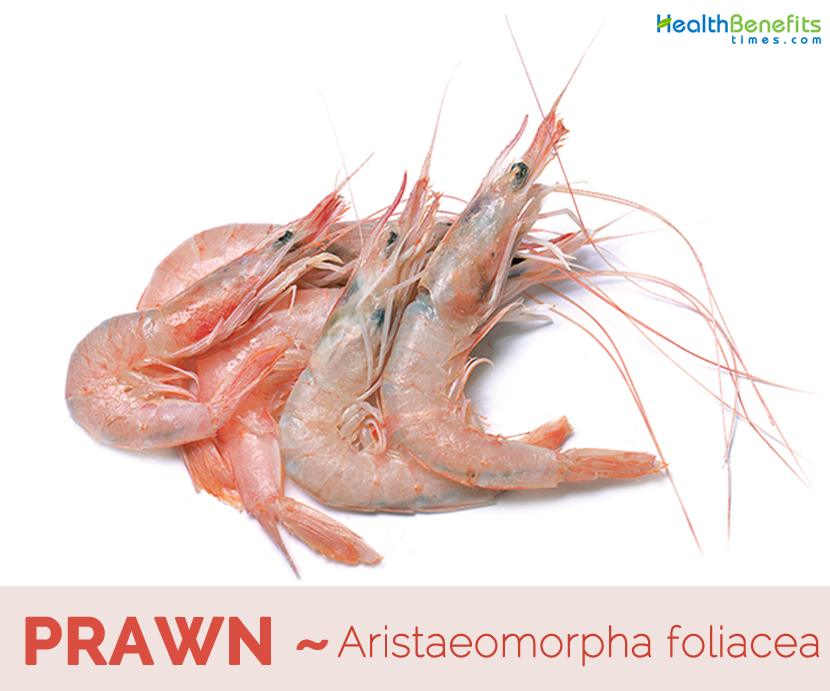
Some Shrimp Act as Cleaners for Other Fish. The mantis shrimp is notorious for their striking force and have the nickname thumb splitter due to the painful gashes they can cause if handled without care by humans.

Shrimp contains tryptophan which is thought to trigger the mood-lifting hormone known as serotonin.
Shrimp benefits for skin. Vitamin B12 content contained in the shrimp skin is believed to increase the production of red blood cells in the body so that by consuming shrimp you can avoid anemia disease or often called low blood. Prevent Bone Loss Ostheoporosis The main cause of bone loss is the lack of calcium and phosphorus in the body. Shrimps contains of carotenoids that is called as a astaxanthin.
It is beneficial for keeping our skin healthy and prevent it from premature aging. The antioxidants in shrimp are good for your health. These substances can protect your cells against damage.
Studies suggest that the antioxidant astaxanthin helps. Another benefit provided by shrimps is that due to contain of vitamin E they provide elasticity and tonicity required for the skin. It also helps regenerate some dead cells.
For example in the case of burns caused by sunstroke vitamin E is useful for hydration and for damaged skin. Keep reading to learn about ten great health benefits of your average serving of shrimp. The average serving of shrimp doesnt depend on how many shrimp that you eat since shrimp come is a variety of different sizes but instead on the ounces of shrimp that you eat.
A serving size of shrimp is about 4 ounces or 113 grams. Here are the top 10 reasons to not eat shrimp. They Dont Want to Die.
Shrimp like all other animals share a universal desire to live. Studies have shown that crustaceans have central nervous systems that can generate pain sensations and release stress hormones that. View comment download and edit shrimp Minecraft skins.
Were going to take a look at six interesting things that you didnt know about aquarium shrimps. Some Shrimp Act as Cleaners for Other Fish. There are many aquarium shrimp types.
Some species of shrimp are cleaners such as Lysmata amboinensis. This species of shrimp dances to attract fish by waving their antennae around. Health benefits Good for the heart Immune health Helps build strong bones Skin health Helps build muscles Helps prevent cancer Help with youthfulness Helps fight Alzheimers disease Prawn scientifically known as Aristaeomorpha foliacea is crustaceans that are similar in appearance to shrimps but they can be notable by the gill structure which is branching in prawns and not in shrimp.
Shrimp contains astaxanthin a pink carotenoid and can act as an antioxidant protecting the skin from premature aging. In addition omega-3 fatty acids in shrimp work as antioxidants and help the body fight against harmful free radicals. Zinc in shrimp plays an important role in the formation of new cells including cells of the hair and skin.
The mantis shrimp is notorious for their striking force and have the nickname thumb splitter due to the painful gashes they can cause if handled without care by humans. There are around 450 species of mantis shrimp worldwide and their colours range from shades of brown to bright green red and blue. The most infamous species is the Peacock mantis shrimp also known as harlequin.
Shrimp contains tryptophan which is thought to trigger the mood-lifting hormone known as serotonin. The combination of shrimps omega-3 and vitamin B12 content may improve brain function keeping it sharp and alert and preventing against Alzheimers disease. Four ounces of cooked shrimp serves up nearly half the DHA and EPA omega-3 fats you should be getting every day.
Omega-3s reduce blood pressure and triglycerides fats in. For this reason and because shrimp are bottom feeders I suggest that you avoid eating shrimp completely. The health and environmental risks of eating shrimp outweigh the benefits.
Instead of choosing shrimp eat wild-caught salmon which is full of omega-3 fatty acids and has a number of health benefits. Food safety is not a significant concern among shrimp handlers because shrimp do not normally contain toxins are not usually eaten raw and pathogenic microorganisms are killed by cooking. Sodium bisulfite blocks an enzyme in shrimp that causes melanosis also called black spot – a darkening of pigments in the membranes and meat under the shell that makes the product appear unappetizing.